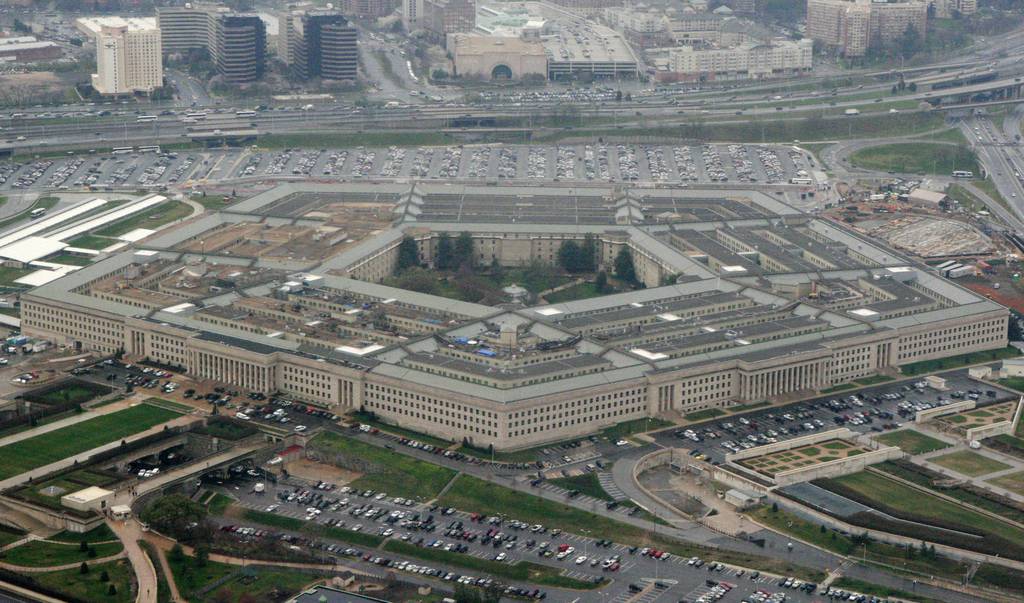Six months into the fiscal year, the Pentagon still doesn’t have a full budget. Last week, service leaders warned of catastrophic effects were there to be a yearlong continuing resolution. And on March 11, the administration plans to introduce its FY25 budget request.
Welcome to budget season 2024, the government’s split-screen effort to secure spending deals for two fiscal years at once. For the Pentagon, the moment is one of almost unique uncertainty.
“We’re in this bizarro world where there’s no budget, but amendments are [being] submitted” for the 2025 defense policy bill, said Mackenzie Eaglen, a defense expert at the American Enterprise Institute.
Looming over the budgeting process for the Pentagon is the threat of a full-year continuing resolution, or CR.
In a briefing with reporters last week, the undersecretaries of the Army, Navy and Air Force warned that such a scenario would hamstring their efforts to upgrade weapons systems and ramp up production.
“There is no playbook” if that occurs, Eaglen said, noting the Pentagon has never before operated under a yearlong CR.
The second threat is possible sequestration. If Congress doesn’t pass all its spending bills by April 30, there will be automatic 1% across-the-board budget cuts, per the terms of the Fiscal Responsibility Act, a deal struck last year to avoid a government default.
The president can choose to exempt military personnel spending — about a quarter of the Pentagon budget — from those cuts, said Seamus Daniels, who studies defense spending at the Center for Strategic and International Studies. That would mean sequestration would actually trim more than 1% for the other areas of defense spending, such as procurement.
Last week, Congress passed its latest short-term spending bill, which extends the deadlines to fund the government to March 8 and 22, leaving little more than a month of cushion before the April 30 deadline. Over the weekend, members of Congress released the text of a deal for six of its annual spending bills, which could pass by the end of the week.
‘No building here’
Still, the issues surrounding the FY24 budget will cloud the White House’s FY25 request, multiple experts on the defense budget told Defense News.
“It makes it difficult for the Biden administration to plan, not knowing what the final appropriations levels are going to be for defense programs in 2024,” said Daniels.
A full spending bill for one fiscal year and the administration’s request for another are meant to be staggered six months apart. This allows the White House to factor in Congress’ preferences from one budget cycle into another.
“They need to be six months apart so that one can build on the other,” said Mark Montgomery, a fellow at the Foundation for Defense of Democracies and former Pentagon official. “We’re having no building here.”
The Fiscal Responsibility Act capped spending increases for the entire government, including the Defense Department. In last year’s budget request, the administration projected the Pentagon’s overall funding would rise to $860 billion in FY25. Instead, its cap will be $850 billion, a 1% year over year decrease in spending, when adjusted for inflation, said Daniels.
That topline will likely compound the pressure on the Pentagon’s procurement accounts created by the delay in this year’s funding, said Eaglen.
Assuming Congress passes a defense budget in March, the department would have about six months to spend new money that was meant to be spread over an entire year. Because the Pentagon won’t dock personnel pay or lower readiness, that means the procurement accounts will probably suffer disproportionately, she said.
In the meantime, that account has been a major concern of Congress. Since FY16, lawmakers have been adding more money to the Pentagon’s procurement budget than the administration requested.
They’ve been doing so, in large part, to prepare for competition with China, which has been conducting an enormous military buildup in the last 20 years and now surpasses America’s ability to manufacture many major weapons systems.
The Pentagon’s guiding strategies in the last three administrations have focused correctly on this challenge, said Mark Cancian, also of CSIS. But the department doesn’t have enough money to properly execute that strategy, he said — and the budget delays and uncertainty this year don’t help.
On March 11, Daniels said he’ll be watching the budget request’s forecast for future years. The caps instituted by the FRA only last this coming fiscal year, which means the administration could project funding increases more in line with the estimates from previous budgets.
There’s also the question of the White House’s massive national security supplemental request, which passed the Senate in February, but has since stalled in the House. Because of the size of that bill — $95 billion — the Pentagon’s budget is unusually connected to a separate piece of legislation, Montgomery said.
Cancian said he doubts any of that funding will make it into the FY24 Pentagon topline, but the Defense Department has outstanding bills for its surge of support after the wars in Ukraine and Israel in the last two years and those bills need paying.
It’s not yet clear Congress will be able to pass a full appropriation this year. Because all of its funding bills need to be passed in order to avoid a sequester, the Pentagon needs to plan for that possibility even if it gets an FY24 budget, said Daniels.
“You don’t know necessarily what the sequester is going to be, if there is one,” he said. “So you’re just injecting a lot of uncertainty into the planning.”
Noah Robertson is the Pentagon reporter at Defense News. He previously covered national security for the Christian Science Monitor. He holds a bachelor’s degree in English and government from the College of William & Mary in his hometown of Williamsburg, Virginia.








